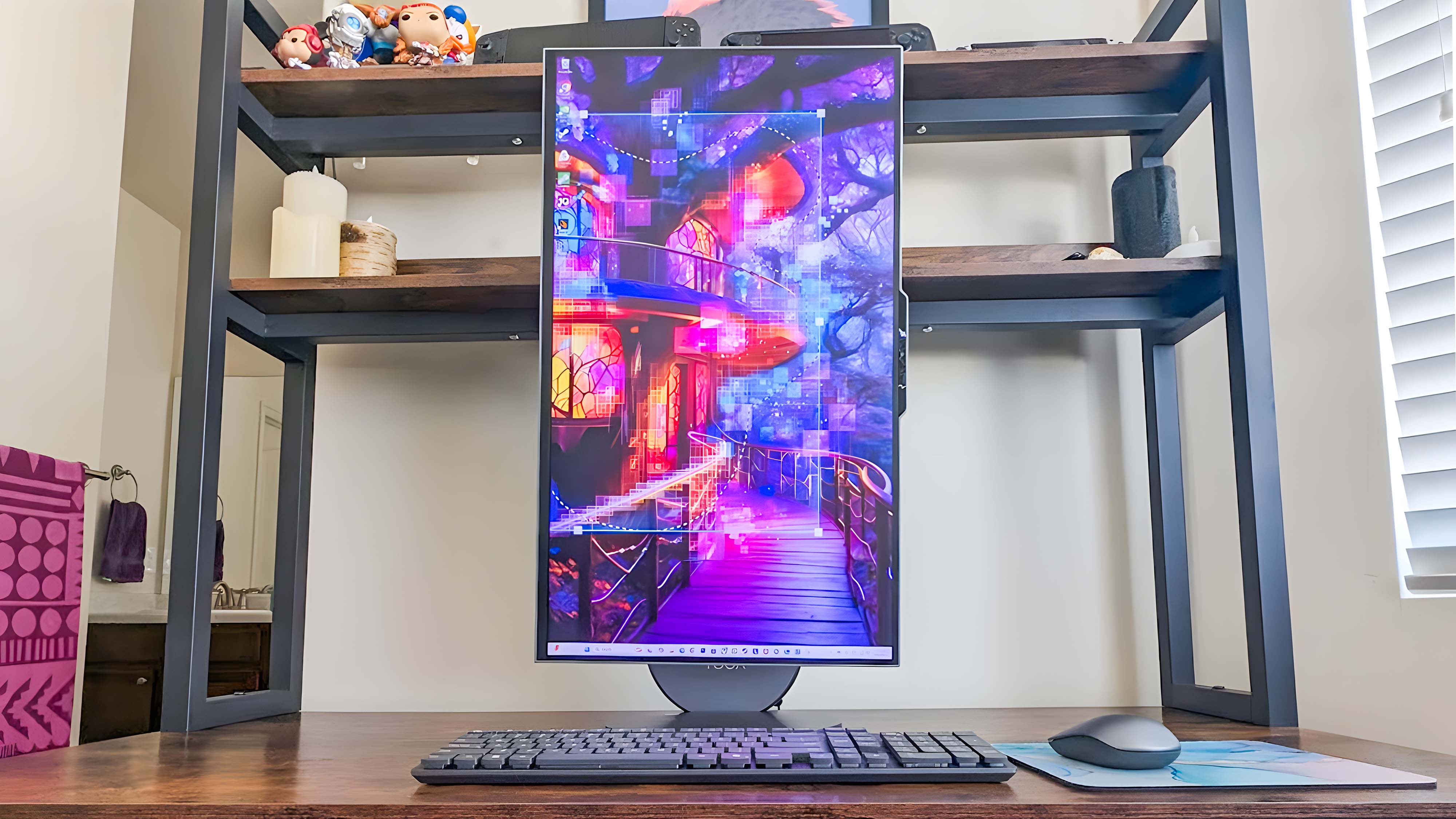
Does Lenovo Yoga C930 have an E Ink display?
What are the main differences between the Yoga C930 and Yoga Book C930?
Though they're similarly named and are both convertible laptops thanks to a 360-degree hinge, the Yoga C930 and the Yoga Book C930 have quite a few differences.
The standard C930 is more of a traditional laptop, with 13.9-inch touch display (available in 1080p or 4K), physical keyboard and touchpad, and aluminum unibody chassis. Previous 900-series Yogas used to use the same watchband hinge that the Book C930 uses, but it's been replaced with a wide hinge with a built-in soundbar. It delivers full sound not commonly expected from a laptop, so watching movies or TV is a bit of a treat.
The Yoga C930 is compatible with active pens and actually has one included with the laptop. It has its own silo on the back edge that keeps it safe and the battery charged, and inking with it gets you 4,096 levels of pressure sensitivity.
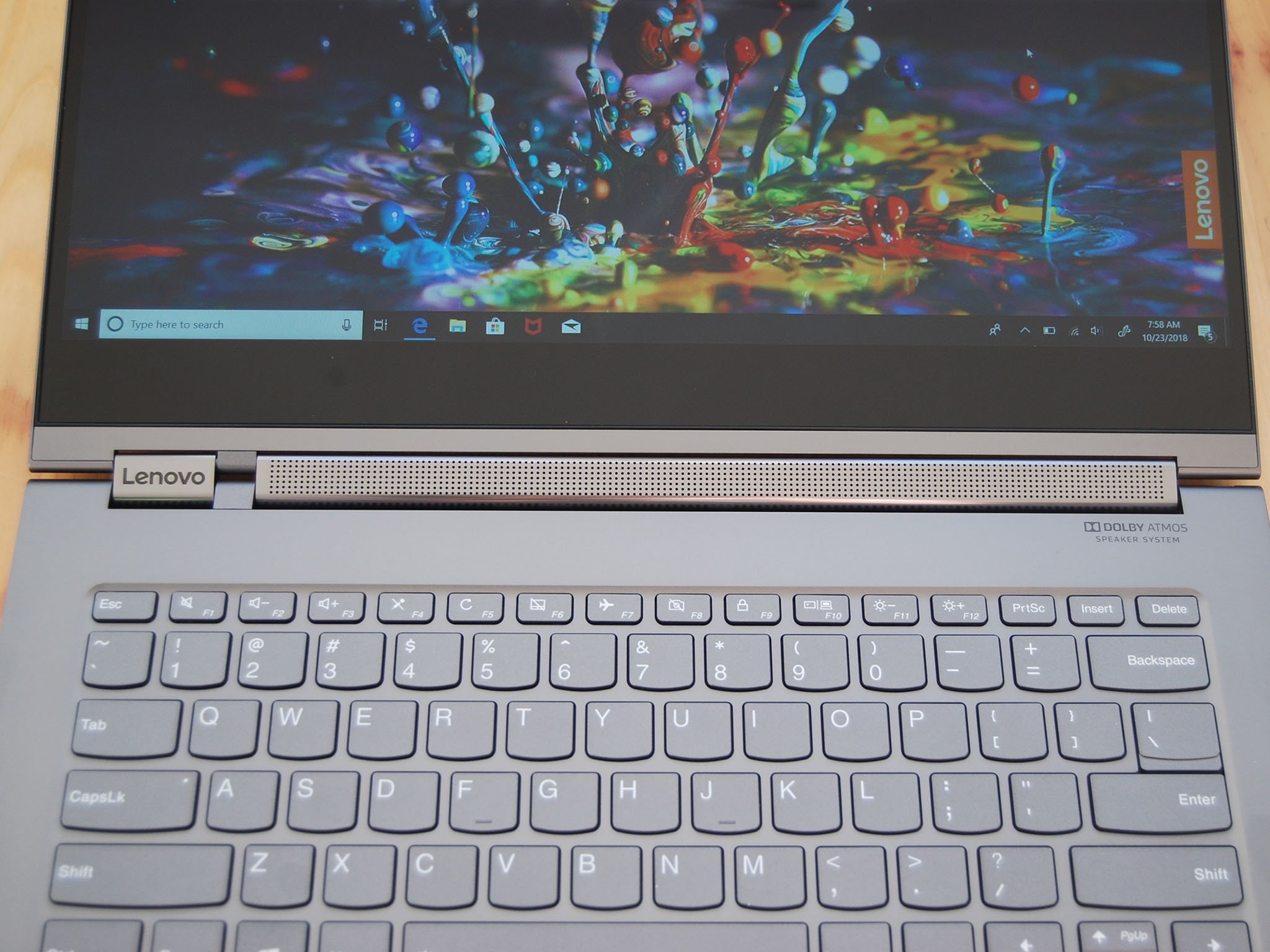
The Book C930 also has a convertible build and touch display, though it's smaller at 10.8 inches and it has a single resolution option of 2560x1600. Instead of a physical keyboard and touchpad, the Book C930 has a secondary E Ink display with a 1080p resolution. It can be used as a digital keyboard (with four different styles) and touchpad, it can be used for jotting down notes with the included active pen, and it can be used as an e-reader, much like a Kindle or Nook. The digital keyboard does a good job of emulating a real keyboard thanks to audible clicks and haptic feedback.
Performance-wise, the Yoga C930 beats the Book C930 thanks to U-series processors (CPU), more RAM, longer battery life, and more storage options. The C930 is a bigger laptop — though still portable — but it's much better suited for a daily driver role, whereas the Book C930 is more of a specialized device with a heavy focus on inking.
What's so great about the E Ink display?
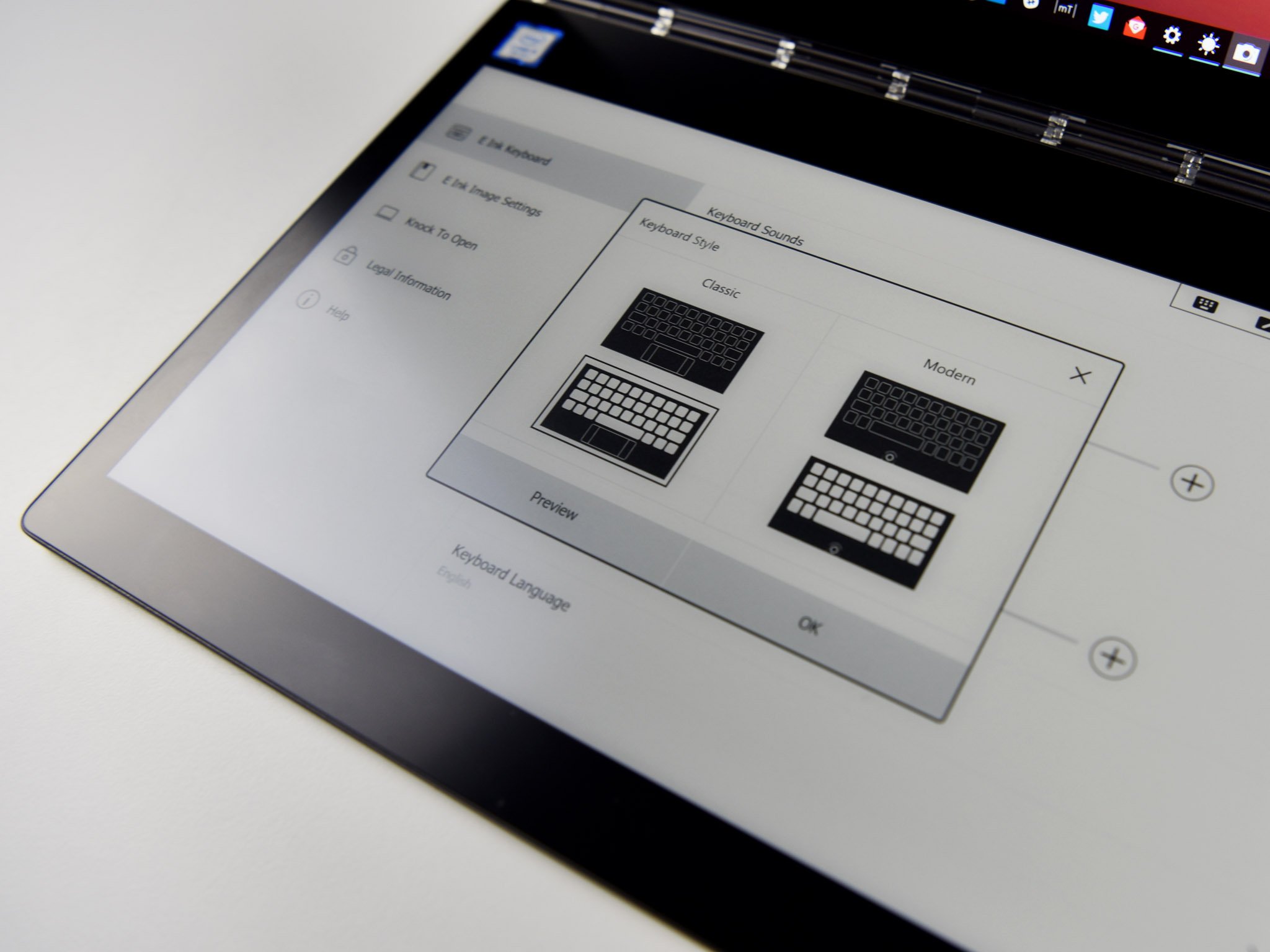
Lenovo is pushing the boundaries of what a laptop can be by eschewing a physical keyboard for a secondary E Ink display, and it has its fair share of upsides and downsides. It allows you to jot down notes while also using the main display, you can read for longer periods of time — only PDFs so far, but hopefully ebooks soon — with far less eye strain, and it really just looks awesome.
It does its best to emulate a real keyboard and touchpad, but you'll no doubt find that the real thing is still better if you need to type for long periods of time. However, you can quickly choose between different keyboards, and there's a touchpad that can be configured to your liking. E Ink technology isn't as fast and responsive as a standard touch display, but if you love inking it's going to open up a bunch of new possibilities.
All the latest news, reviews, and guides for Windows and Xbox diehards.
Which laptop makes the most sense for you?
If you're in search of a laptop that can handle a day's work with its hardware and battery, the Yoga C930 is likely a better choice. Its convertible design means you can still use it as a tablet, and the included active pen offers a great inking experience.
For those who don't necessarily need a powerful PC and who'd rather have a fetching device that's useful for banging out some email, reading documents, watching videos, and handwriting notes, the Yoga Book C930 should prove itself invaluable.
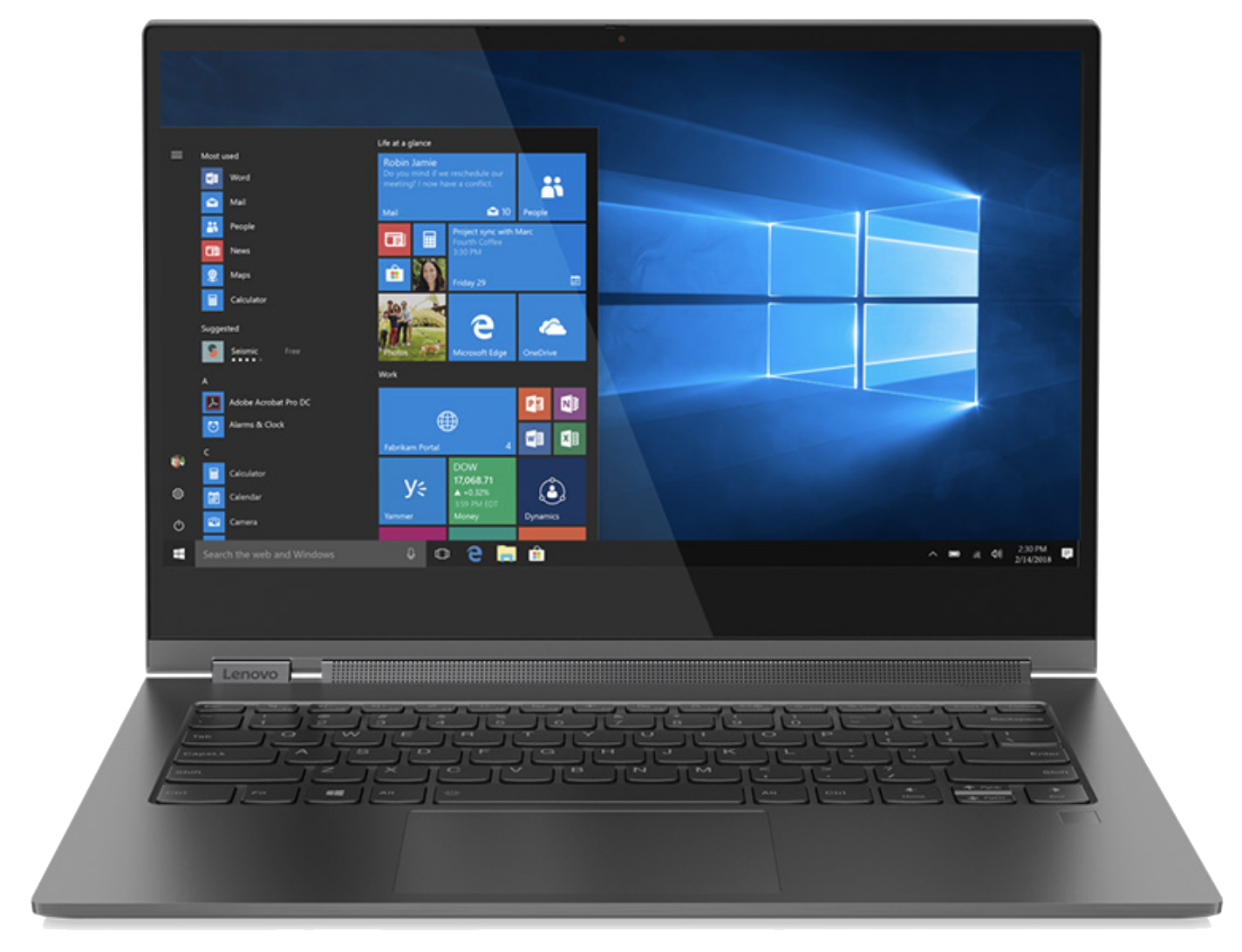
A more traditional laptop experience
With 8th Gen Intel Core i5 and i7 CPUs, all-day battery life, a premium aluminum build, and a unique soundbar hinge, the Yoga C930 is an outstanding laptop with few flaws. If you're looking for something to keep up with you no matter the task (save specialized endeavours), the Yoga C930 should do the trick.
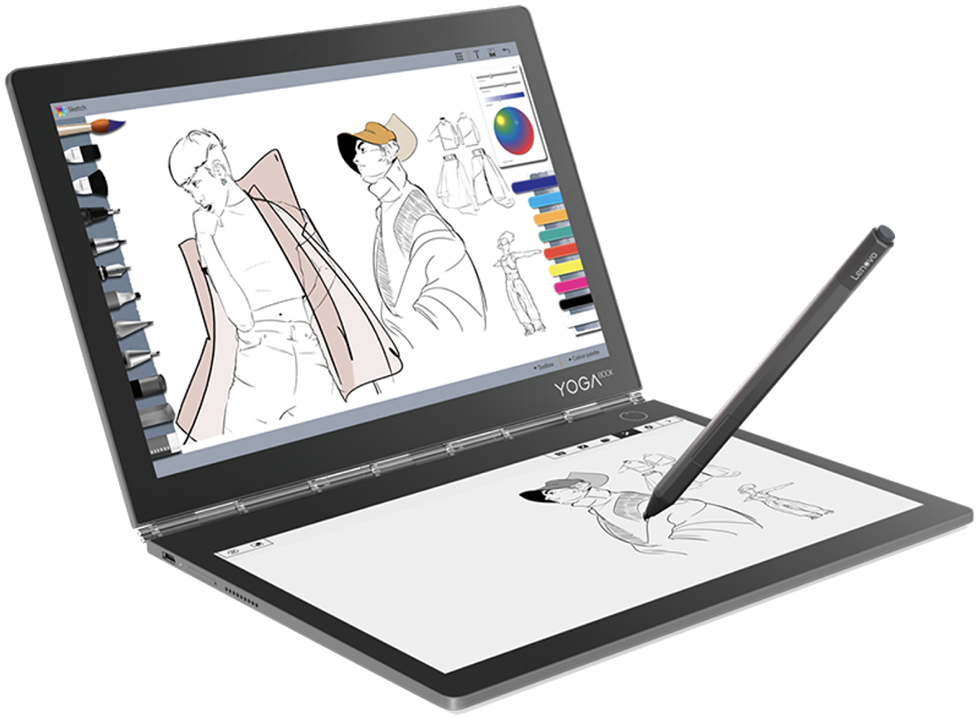
A truly unique laptop
It's not as powerful as the Yoga C930, but it can still power through most productivity tasks with ease. The E Ink display brings a secondary set of uses to the Book C930, allowing you to read documents, jot down notes, and type on a digital keyboard.

Cale Hunt brings to Windows Central more than nine years of experience writing about laptops, PCs, accessories, games, and beyond. If it runs Windows or in some way complements the hardware, there’s a good chance he knows about it, has written about it, or is already busy testing it.
